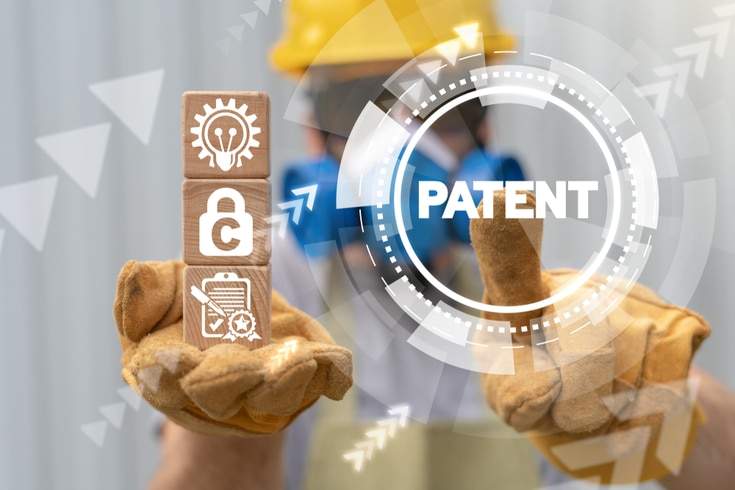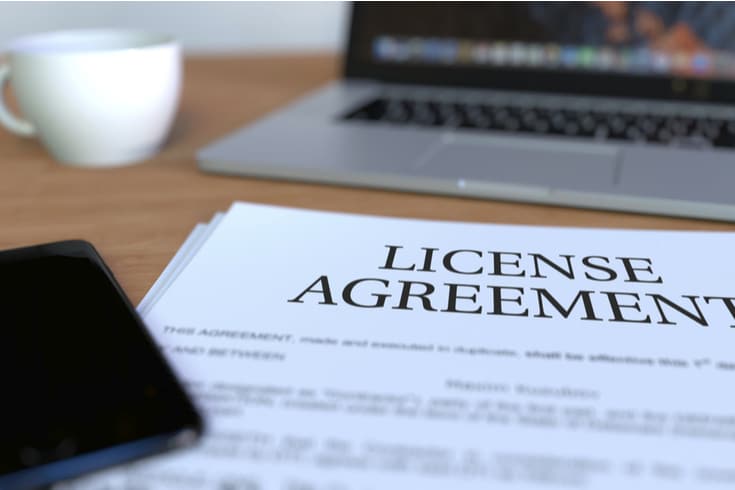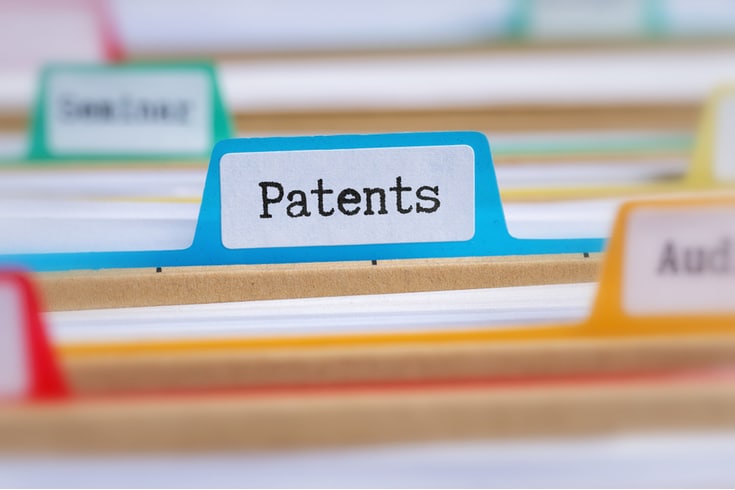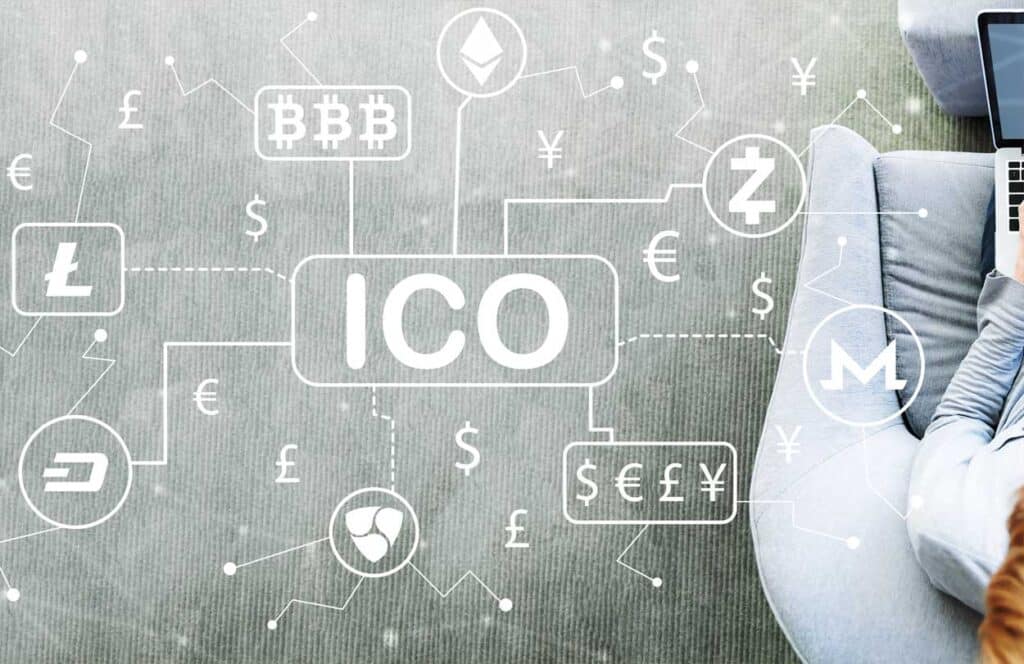Understanding Grant of Patent License Agreements in Japan: Key Points to Consider

When licensing a patent owned by your company to a third party, a ‘Patent License Agreement’ is concluded in Japan. Generally, the licensor prepares this agreement, but it is essential to thoroughly consider not only the advantages and disadvantages but also the hidden ‘risks’ associated with the contract.
In this article, we will clearly explain the key points to avoid unnecessary risks from the licensor’s perspective and to prevent any issues after the conclusion of the agreement.
Types of Implementation Licenses
The party granting the patent license is referred to as the “licensor,” and the party receiving the license is the “licensee.” There are four types of implementation rights that can be granted to the licensee.
- For the implementation license of a registered implementation right, it is either a “normal implementation right” or an “exclusive implementation right.”
- For the implementation license of a patent invention under application, it is either a “provisional normal implementation right” or a “provisional exclusive implementation right.”
Exclusive License
Japanese Patent Law Article 77
1. The patentee may establish an exclusive license for his/her patent right.
2. The holder of the exclusive license shall exclusively have the right to implement the patented invention as a business within the scope defined by the establishment act.
3. The exclusive license can be transferred only in the case of implementing the business, obtaining the consent of the patentee, and inheritance or other general succession.
4. The holder of the exclusive license may, with the consent of the patentee, establish a lien on the exclusive license or grant a non-exclusive license to a third party. (Omitted below)
The exclusive license is a strong right that allows the licensee to implement the patented invention monopolistically and exclusively, and even the patentee cannot implement it within the licensed range.
In addition, the holder of the exclusive license has the right to request the cessation and prevention of infringement against those who infringe or are likely to infringe the patent right, and if the patentee’s consent is obtained, it is also possible to license the normal implementation right to a third party.
Note that the exclusive implementation right does not take effect just by concluding a patent license agreement, so it is necessary to register the establishment of the exclusive implementation right in the patent register.
Non-exclusive License
Japanese Patent Law Article 78
1. The patentee may grant a non-exclusive license to a third party for his/her patent right.
2. The holder of the non-exclusive license has the right to implement the patented invention as a business within the scope defined by this law or the establishment act.
The non-exclusive license is the right to implement the patented invention granted to the licensee, and does not have exclusive rights or the right to request the cessation of infringement actions like the exclusive implementation right. Therefore, if you want to grant implementation rights to multiple licensees at the same time, you will choose the non-exclusive license.
Non-registered Exclusive License
Although it is a kind of non-exclusive license, the “non-registered exclusive license” is often confused with the “exclusive license”
This is an agreement between the licensor and the licensee not to grant a normal implementation right to others. Even though it is “exclusive,” it does not have an exclusive monopoly right or the right to request the cessation of infringement actions like the exclusive license, and it is only a promise between the contracting parties.
This is used when the licensor wants to keep his/her own implementation right, or when granting exclusivity to the licensee in foreign countries or regions where there is no legal provision for a right equivalent to the “exclusive license” in Japan.
Provisional Exclusive License and Provisional Non-exclusive License
The provisional exclusive license and the provisional non-exclusive license are rights that were introduced in the 2009 amendment of the Japanese Patent Law, which allows the licensing of a patent application before registration to a third party, and the content is almost the same as the “non-exclusive license” and “exclusive license”
When the patent application is registered, the licensee of the provisional exclusive license is considered to have established an “exclusive license,” and the licensee of the provisional non-exclusive license is considered to have been granted a “non-exclusive license”
Licensing a patent invention before registration has advantages for venture companies, such as being able to recover the funds invested in the patent invention early and invest in the next technology development, or being a positive factor for fundraising as one of the achievements.

Key Points to Note in Patent Licensing Agreements
The owner of a patent not only has the exclusive right to implement the patent, but can also earn a fee (licensing fee) by granting implementation rights to third parties.
This is defined in the ‘Japanese Patent Licensing Agreement’, which stipulates obligations, responsibilities, and rights related to licensing. There are several points that you, as a licensor, need to pay attention to.
In addition to the ‘Types of Implementation Rights’ mentioned above, it is particularly important to consider the ‘Scope of Licensing’, ‘Licensing Fees’, ‘Non-Dispute Obligation’, ‘Patent Warranty’, and ‘Ownership of Improvement Inventions’.
Scope of Implementation License
The key points in the scope of an implementation license are: 1. The patent subject to the license, 2. The license period, and 3. The license area.
Patent Subject to License
In the case of patents, the “patent number” and “name of the invention” are listed. For provisional exclusive implementation rights and provisional ordinary implementation rights, the “application number” and “name of the invention” are listed.
Note:
If the patent subject to the license includes a patent application that has not yet been made public, it is necessary to impose a confidentiality obligation on the licensee until the patent application is published.
License Period
The license period needs to be clearly defined in terms of start and end dates, with the end date being particularly important.
- Start date: 1. The day the contract was signed, 2. The day agreed upon by the parties, 3. The day the contract takes effect
- End date: 1. A specific future date, 2. The day a certain period ends, 3. The day the patent right expires
Note:
If the patent is essential to the licensee’s main business, it is not uncommon to set the end date as ③ “the day the patent right expires”. However, in the case of international patents, the calculation of the patent right’s duration varies by country, so caution is needed.
License Area
The geographical scope of the license specifies the “sales area” or “manufacturing area” of the product using the licensed patent. It is possible to limit the manufacturing area, prohibit exports, or limit the countries to which exports are made.
Note:
It is important to note that if restrictions are placed on the sales area, sales quantity, or sales destination of the product using the licensed patent, this may constitute an unfair trade practice prohibited by the Antimonopoly Act.
Existence of Re-implementation License (Sub-license) Rights
The right of the licensee to further license the patent for which they have received an implementation license is referred to as “re-implementation license (sub-license) rights”.
Even if the licensee has a subsidiary or a third party manufacture the product related to the patent right, if the entities are separate, “re-implementation license rights” are necessary.
Note:
If the licensee’s manufacturing contractor meets the following requirements, it is recognized as a “subcontractor” and is considered an act of implementation by the licensee itself, so “re-implementation license rights” are not necessary.
- The licensee pays the subcontractor for labor
- The licensee directs and supervises the subcontractor in purchasing raw materials and quality control, etc.
- The licensee takes all products from the subcontractor
License Fees (Royalties)
There are no fixed rules for calculating license fees. They are often determined by considering factors such as the power balance between the licensor and licensee, and the standard fees in the industry. The following four methods are commonly used:
Fixed License Fees
This involves receiving a fixed amount as a license fee, regardless of the licensee’s sales performance. Payments can be made in a lump sum or in installments on a monthly or yearly basis.
Points to Note:
While fixed license fees have the advantage of securing income from the license at the time of the contract, there may be cases where the licensee’s sales significantly exceed initial expectations, resulting in less income than would have been received from regular license fees.
Regular License Fees
This involves receiving an amount proportional to the performance achieved by the licensee through the implementation of the licensed patent. This can be calculated using a rate system based on sales or profit amounts, or a volume-based system based on the number of products produced.
Points to Note:
While this works well when the licensee’s sales are strong, if sales fall short of expectations, it can be difficult to recover development costs. Therefore, it may be worth considering a combination with a “minimum license fee” to be received if sales do not reach a certain amount.
Also, when calculating license fees from sales, it is common to base the calculation on the “net sales price” after deducting expenses such as freight, packaging costs, insurance, and agency fees. However, be aware that the more deductions there are, the less license fees you will receive.
Contract Lump Sum + Regular License Fees
For some products, it may take time from the conclusion of the patent license agreement to productization, and it may take several years to receive the license fees.
In cases where you want to monetize patent rights as quickly as possible, like a venture company, a combination of a contract lump sum and regular license fees can be effective.

Non-compete Clause
The non-compete Clause refers to the duty imposed by the licensor on the licensee not to dispute the validity of the patent rights that are the subject of the license grant.
However, if there are reasons for invalidity and patents that should not have been granted exist, the use of the technology included in the patent rights may be restricted, potentially hindering fair competition.
Therefore, imposing a non-compete obligation on the licensee may constitute an unfair trade practice prohibited by the Japanese Antimonopoly Act.
Points to Note:
The following clause can be considered as not constituting an unfair trade practice.
Article XX (Non-compete Obligation)
Party A (Licensor) may immediately terminate this Agreement if Party B (Licensee) directly or indirectly disputes the validity of the subject patent.
Patent Warranty (Non-Warranty)
Some licensees may ask the licensor for the following guarantees to avoid risks arising from the implementation of the licensed patent.
- Guarantee that the implementation of the patent subject to the implementation license does not infringe on the rights of third parties.
- Guarantee that there are no grounds for invalidity for the patent subject to the implementation license.
Since it is virtually impossible to check patent applications and prior art worldwide, it is a significant risk for the licensor to provide such guarantees.
Points to Note:
Even if the licensee demands such a patent warranty, it should not be accepted. However, it is necessary to stipulate how to handle claims for damages due to infringement of rights by third parties.
As for the non-warranty of the patent and the response when the rights of a third party are infringed, the following clauses can be considered.
1. Party A (Licensor) does not guarantee that there are no grounds for invalidity for the licensed patent, and that Party B (Licensee) will not infringe on the patent rights of third parties by manufacturing, selling, using, and exporting products based on this contract.
2. However, if Party B infringes on the patent rights of a third party by manufacturing, selling, using, and exporting products based on this contract, Party A will cooperate with Party B to avoid such infringement.
Attribution of Improvement Inventions
Many people believe that some rights should be granted to the licensor for improvement inventions developed by the licensee, as these inventions are likely impossible without the technical information related to the licensed patent.
However, it is important to note that imposing the following obligations on the licensee regarding the rights to the improvement inventions they developed could potentially constitute an unfair trade practice prohibited by the Japanese Antimonopoly Act.
- Attributing them to the licensor
- Sharing them with the licensor
- Granting an exclusive license to the licensor
Points to Note:
It is possible to stipulate in the patent license agreement that the licensor imposes the following obligations on the licensee, as they do not constitute unfair trade practices.
- If the improved technology developed by the licensee cannot be used without the technology related to the licensed patent, the licensee should transfer the rights to the improved technology to the licensor for an appropriate consideration.
- Grant a non-exclusive license to the licensor

Patent and Know-How License Agreement
When a license for a patent includes the implementation of know-how, it is necessary to enter into a ‘Patent and Know-How License Agreement’.
For example, this applies in cases where you have received a license to implement ‘Substance A’, but cannot produce it at a low cost using the method described in the patent specification. In such cases, you may need to obtain a license to implement the know-how related to low-cost production that the licensor keeps confidential.
However, the content of the agreement differs between ‘patent rights’, where the obligation to pay consideration disappears upon the expiration of the effective period, and ‘know-how’, where there is an obligation to pay consideration as long as the right to use is granted. Therefore, it is necessary to consider these separately.
Summary: Consult Lawyers for Understanding Complex Clauses in Patent License Agreements
In addition to the “Key Points of Patent Licensing Agreements” we have explained so far, there are also clauses such as the “non-refundable clause” for license fees and the “exemption clause” where the licensor does not take responsibility for damages caused by the implementation of the licensed patent. These can be considered as clauses to reduce the licensor’s risk.
When considering a “Patent Licensing Agreement”, various expertise is required, such as the relationship with the Antimonopoly Act and cases including the licensing of know-how. Therefore, we recommend consulting with a lawyer who has extensive knowledge and experience, rather than making a decision on your own.
Introduction to Our Firm’s Measures
Monolith Law Office is a legal office with high expertise in both IT, particularly the Internet, and law. When it comes to patent licensing agreements, it is necessary to create a contract. Our firm handles the creation and review of contracts for various cases, ranging from companies listed on the Tokyo Stock Exchange Prime Market to venture startups. If you have any concerns about contracts, please refer to the article below.





















